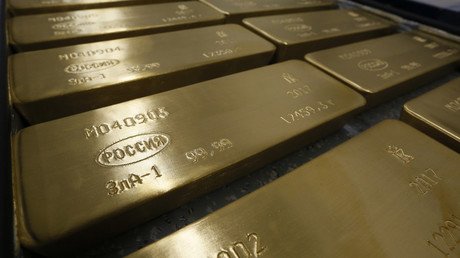Russian space corporation boss announces switch to new generation carrier rockets

The director of Russia’s state space corporation Roscosmos has revealed plans to wrap up production of the mainstay carrier rocket, Proton, and start building the latest generation of rockets, including returning launch vehicles.
“We have the following objective set before us: to produce the necessary quantity of our legendary Proton rockets under the already-signed contracts and then close this project. In the future we will be using only the Angara rockets,” Dmitry Rogozin said in an interview with RIA Novosti.
He also emphasized that the Proton project had fulfilled its historic task and now it was time to switch to the new generation of launch vehicles.
However, the freshly-appointed Russian space chief did not disclose any dates at which the switch to the new launch vehicles is scheduled, saying that it would be possible to discuss the details when Russia’s main producer of space rockets, the Khrunichev Center, finishes the relocation from Moscow to Omsk.
The original Proton launch vehicle was developed in late 1960s, but currently Russia uses a much more advanced and capable Proton-M version of the rocket. The price of one Proton launch is estimated at about $70 million.
The work on the Angara project started in early 1990s and the first test launch of the newest A-5 model, destined to replace the Protons, was successfully conducted in 2014. Angara’s engine RD-191 is described by experts as the world’s best “clean” engine that uses kerosene and oxygen as fuel. According to the Khrunichev Center, the engine can be used up to 10 times or more – which creates an opportunity for developing returning carrier rockets within the Angara family.
Currently one launch of the Angara vehicle costs about $100 million but the price is expected to decrease after the production is moved from Moscow to Omsk.















